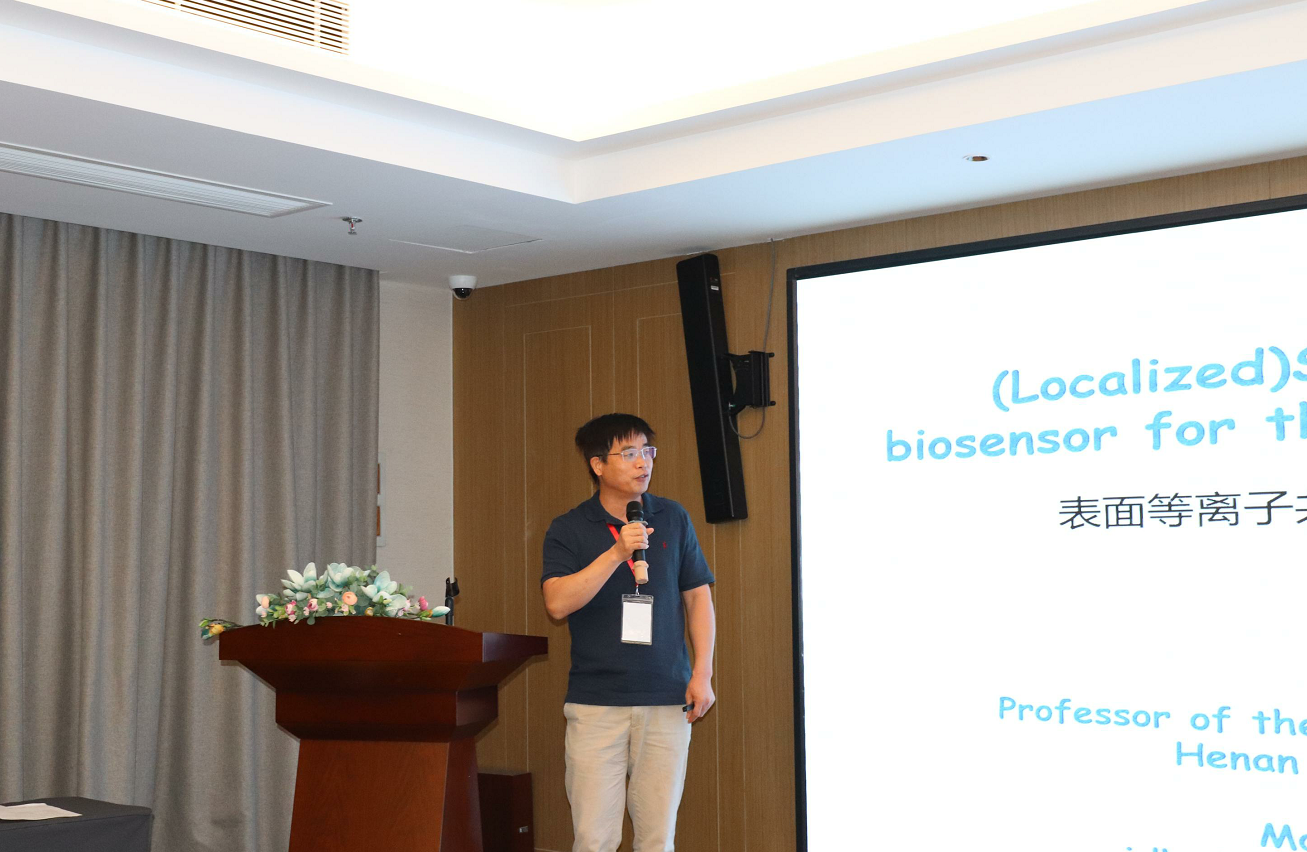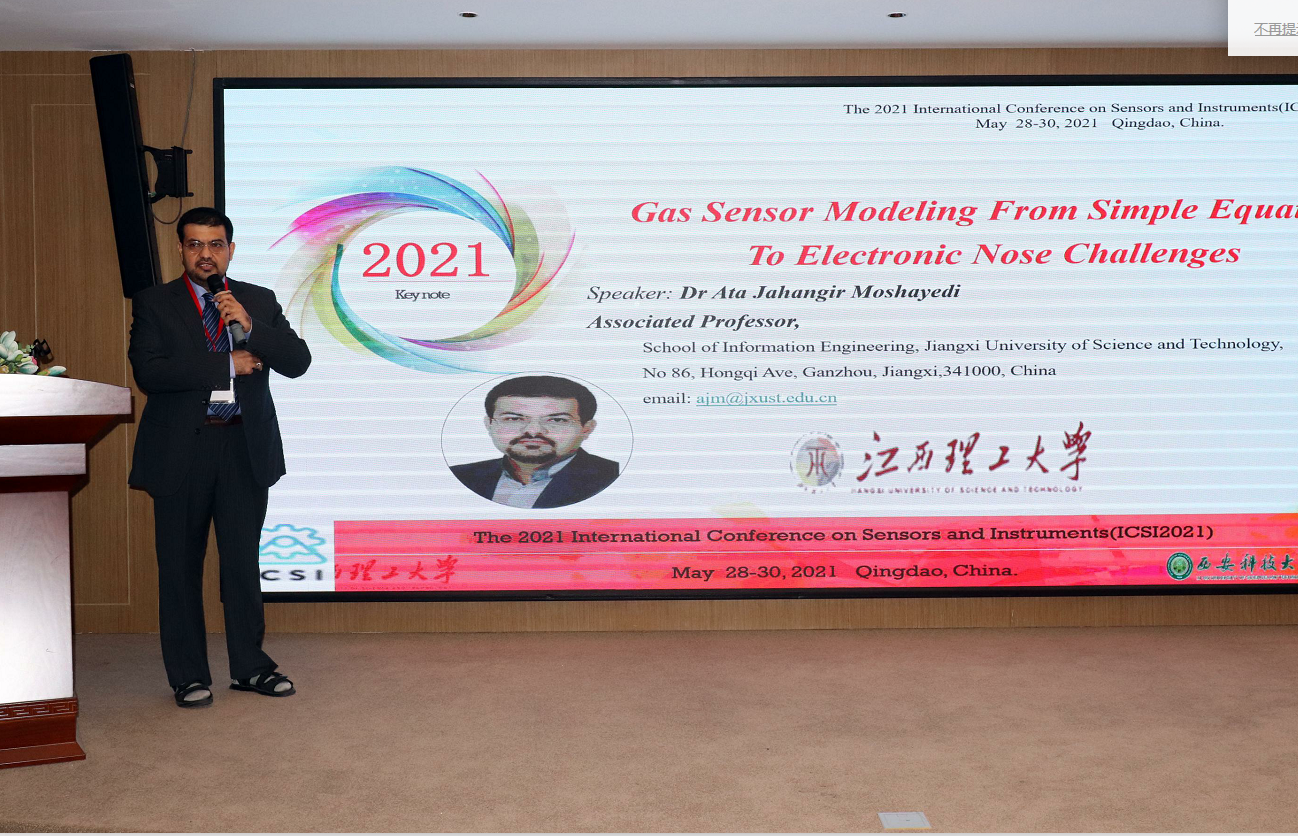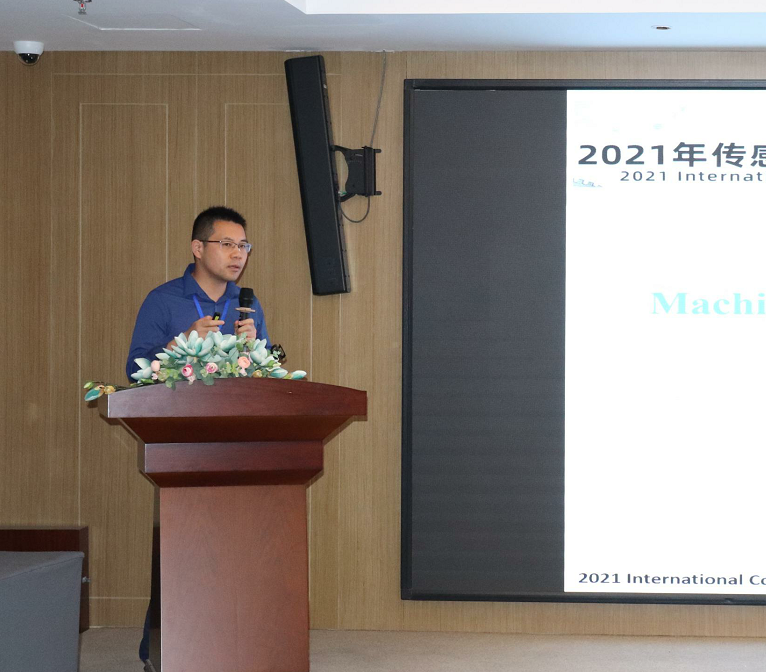
ICSI 2021 | May 28-30, Qingdao, China
ICSI2021 is to bring together innovative academics, industrial experts, engineers, students and practitioners working all around the world to promote scientific information interchange in the field of Sensors and Information Technology and their Applications.
ICSI 2021 includes inviting talks, oral presentations and poster presentations of refereed papers. We invite submissions of papers and abstracts on all topics related to Sensors and Information Technology. The conference will provide networking opportunities for participants to share ideas, designs, and experiences on the state-of-the-art and future direction of Sensors and Information Technology. ICSI 2021 will feature a high-quality technical & experiential program dealing with a mix of traditional and contemporary hot topics in paper presentations and high-profile keynotes.
| Keynote Speakers |


The first speaker is Prof. Jiandong Hu,from Henan Agricultural University, his speech title is 'Surface plasmon resonance biosensor for the detection of plant hormones '. In this talk, the principle of the (localized) surface plasmon resonance (SPR, LSPR) biosensing system applied in Agriculture will be extensively introduced. For example, the designed process and validated experiments of an economical and high-performance bioanalyzer based on the surface plasmon resonance biosensing technology will be systematically explained. More, a multi-channel localized surface plasmon resonance (LSPR) biosensing system applied for achieving the high sensitive detection of abscisic acid (ABA) will be also strongly involved. The LSPR biosensing system mainly consisted of a wide band light source, a home-made multi-channel alignment device, and a fiber spectrometer. The approach for ABA detection utilizes the specific interaction between aptamer and ABA to mediate the growth of polyA-tailed aptamer-AuNP probe. Different concentrations of ABA gave rise to varied morphologies of as-grown AuNPs, which can be characterized by the LSPR spectra recorded by the LSPR biosensing system. Under the optimized conditions, ABA could be quantitatively detected in the range of 0.1 nM~1 mM with a detection limit as low as 1 nM. The sensitivity for ABA detection was greatly improved comparing with salt-induced AuNPs aggregation method, which can be attributed to the use of polyA-tailed aptamer and the catalytic ability of AuNPs. Finally, I will take a few minutes to introduce our research group named CAAOR (Center for Advanced Agri-optoelectronics Research), an interdisciplinary research group dedicated to explore Advanced Agri-optoelectronics research applications in Agricultural sciences.
And then, Assoc. Prof. Wenbin Gu , from Hohai University, shared his excellent speech 'Research on Dynamic Scheduling Mechanism of Intelligent Workshop Based on Data Driven' . He said, "With the development of information technologies such as the Internet of Things, big data and mobile applications, the global industrial revolution has been put on the discussion list and the industrial transformation has entered a substantial stage. In China, ‘Intelligent manufacturing’, ‘Made in China 2025’ and other strategies have been introduced, indicating that the country has begun to take active actions to grasp a new round of industrial development opportunities to achieve industrial transformation. As an important practice mode of industrial intelligent development, intelligent workshop has attracted wide attention in the industry. What exactly is a smart workshop? How to use industrial IoT technology to structure intelligent workshop? How to make use of the production status data to quickly and dynamically schedule the complex production process in the shop? Based on this, the research group has carried out some meaningful research and exploration on the dynamic scheduling problem of intelligent shop production. "


After a short break, Prof. Ata Jahangir Moshayedi, from Jiangxi University of Science and Technology,gave his advanced topic 'Gas sensor Modeling from Simple Equation to Electronic Nose, E nose challenges ' . The abstract as following:
Gas sensors are among a wide range of sensors used in various applications from home to industry. Even more recently, in the form of electronic noses (E nose), their use has been extended to identify those infected with the coronavirus. Sensor behaviour plays an important role in system modelling. Therefore, finding mathematical models which can describe the sensor response with maximum information over time in different environments and situations is necessary. One of the major tasks in this field is mathematical modelling, which has become increasingly complex over time. Unfortunately, most of the proposed equations fail to support actual performance and even make researchers increasingly confused. In this talk, we present brief modelling equations for metal oxides, based on practical observations and logs data extraction. A mathematical equation is proposed to reduce the model parameters according to changes in temperature, humidity, and gas density variation, which helps to simulate the sensor’s behaviour more accurately and, consequently, to draw a better short response
The last speaker of the morning session is Prof. Shahid Hussain, from Jiangsu University, China with the topic of 'Metal organic based Nanomaterials for Outstanding gas Sensors applications' . Abstract was ' At recent, new class of Nanomaterials based on metal organic frameworks has laid an utmost attention towards various applications owing to high conductivity, large porosity, wide surface area and abundant availability. Herein, Unique nanostructures of bimetallic organic materials assisted by new organic frameworks are promising candidates for gas sensor applications. For the first time, we successfully report the design and synthesis of Co3O4/ NiCo2O4 double-shelled nanoctron microscopy (TEM). The nanocages had a high surface-to-volume ratio and a high surface area of 103m2 g−1. The as-prepared nanostructures were exposed to various reducing gases at different controlled gas concentrations and working temperatures. The fabricated sensors exhibited high selectivity and gas-sensing respages (DSNCs) via a facile template-assisted method. The DSNCs were characterized using X-ray diffraction (XRD), X-ray photoelectron spectroscopy (XPS), Brunauer –Emmett–Teller (BET) analysis, scanning electron microscopy (SEM), energy-dispersive X-ray spectroscopy (EDS), thermogravimetric (TG) analysis, and transmission eleconses toward H2S at an optimal temperature of 250 °C for 100 ppm. The outstanding gas-sensing performance revealed the potential application of the unique double-shelled hollow nanostructures to the gas sensor industry.'
Oral speech | |
|
|
| Group Photo |
|
Publication of ICSI 2021 SPIE - The International Society for Optical Engineering |
ICSI 2021 has successfully published by SPIE ICSI 2021 | Qingdao, China | ISBN: 987-1-5106-4621-6 | EI Index |



